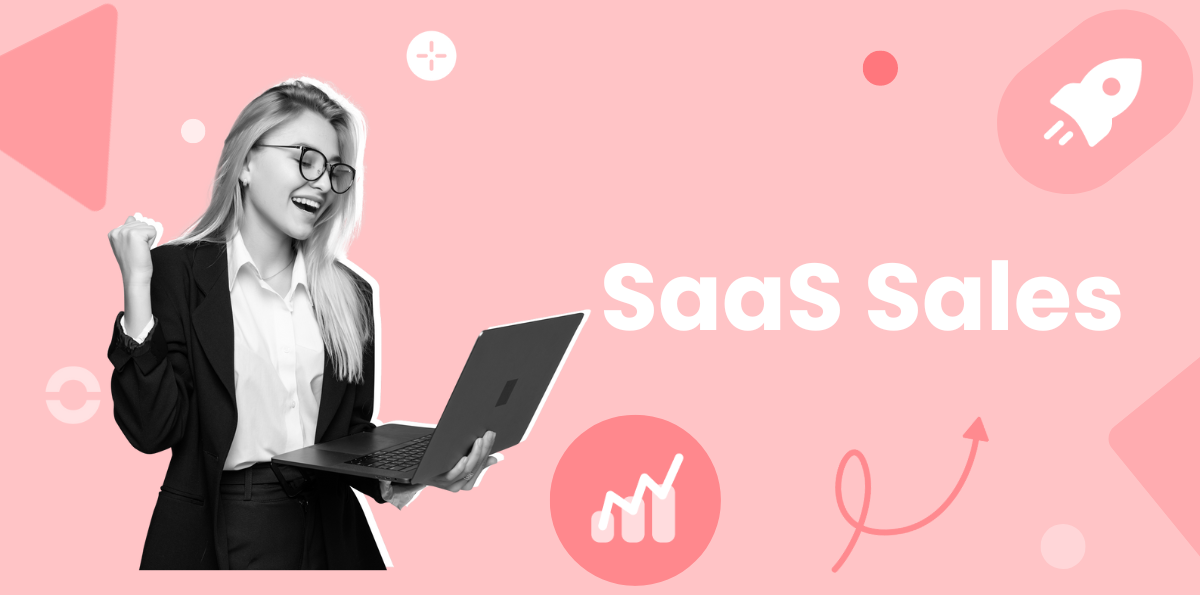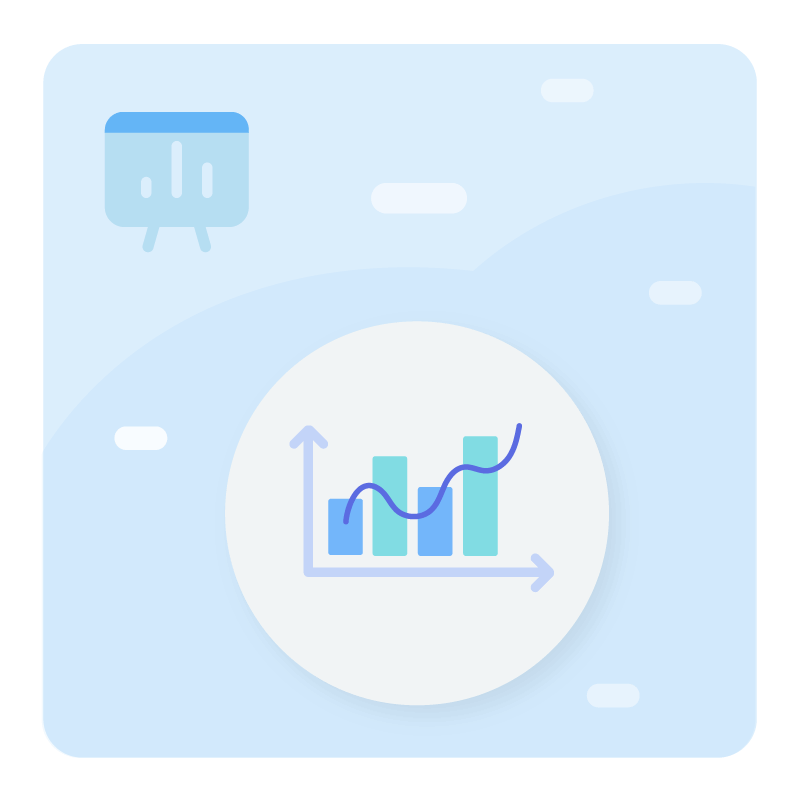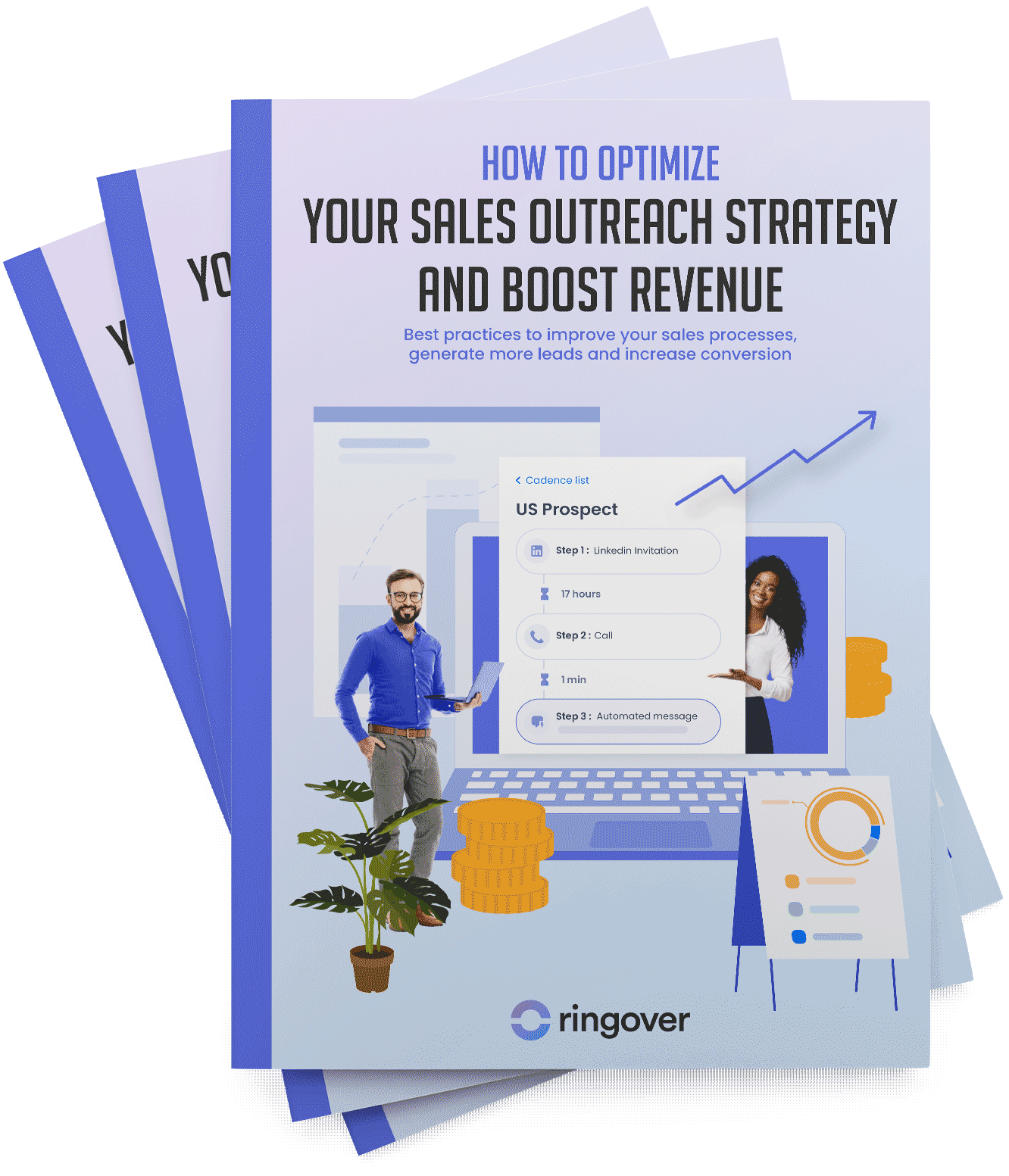Summary
Selling SaaS solutions, that is, cloud-hosted software, involves a specific sales process. How do you go about succeeding?
Try Ringover to sell betterSaaS Sales: A Definition
Software as a Service (SaaS) works as follows: the provider makes their application available on a server, allowing customers to access it via the Internet.
This form of distribution offers notable advantages for both the provider and the user.
However, SaaS sales are distinguished by particularities that set them apart from traditional sales. Let's explore some of these specifics:
- Offering a complex product that may require demos, trial periods, specific integrations, or training.
- Selling by subscription, which engages the customer over time and necessitates your continuous dedication to their loyalty.
- Interacting with different decision-makers, each with their own requirements, motivations, and resistances.
- Competing in a market where offers are easily comparable, enabling customers to switch providers without difficulty.
- The constant evolution of the market and products, adapting to the ever-changing customer expectations.
These characteristics demand an adaptation of your strategy, pitch, and sales tools to the specifics of the SaaS model. In the rest of this article, we will share tips to excel in SaaS sales, adapted to each stage of the sales cycle.
What Are the 5 Stages of the SaaS Sales Cycle?
The SaaS sales cycle begins with the first contact with a prospect and ends with the contract signing and client retention. Although various sales models exist in the SaaS ecosystem, five crucial steps are commonly observed:
- Sales Prospecting: This step aims to identify and approach qualified prospects, those with a specific need, a defined budget, and the decision-making power to acquire your SaaS solution. Techniques can be inbound, like content marketing, SEO, or social networks, or outbound, like email campaigns or cold calling.
- Qualification: The goal here is to ensure that the prospect matches your ideal customer profile and shows genuine interest in your offer. Qualification methodologies like BANT (Budget, Authority, Need, Timing) or SPIN (Situation, Problem, Implication, Need-payoff) are useful for this evaluation.
- Demonstration: This step involves presenting your prospect with the features and benefits of your SaaS product, highlighting the added value specific to solving their problem. Use online demos, free trial offers, or testimonials from satisfied clients for this purpose.
- Negotiation: This involves discussing contract details with the prospect, such as pricing, duration, payment terms, among others. It's essential to know how to address objections, create a sense of urgency, and offer a deal tailored to the prospect's needs.
- Sales Closing: This final step concerns concluding the sale with the contract signing and payment settlement. You must ensure consensus among all parties, complete documentation, and that the prospect feels confident and satisfied.
Note that these five stages are not necessarily successive; they may overlap or need to be reiterated depending on the specific context of each sale. The duration of a SaaS sales cycle varies depending on the price, complexity of the solution, and the target market.
Therefore, it is crucial to regularly measure your performance and adjust your sales process for optimization.
Track your sales outreach by incorporating a VoIP phone like Ringover, which provides comprehensive analytics.
Practical Tips for SaaS Sales Professionals
The field of SaaS sales is complex, requiring a balance of technical, relational, and commercial skills. To excel, it is crucial to be adaptable, able to meet clients' needs, support them through the sales process, and cultivate their long-term loyalty.
Below, find essential tips to excel as a sales professional in the SaaS sector:
Become an Expert on Your Product
An in-depth understanding of your SaaS solution is indispensable. This includes the ability to answer technical questions, conduct effective demos, and clearly illustrate the added value of your product. To achieve this, it is essential to stay regularly informed about the features, updates, and practical applications of your product.
Don't Be Discouraged by Rejections
Objections and hesitations are part of SaaS sales. In the face of this, perseverance is essential. It is crucial to follow up leads, overcome obstacles, and maintain contact until the contract is obtained.
Use Drip Email Marketing
This technique involves sending personalized and automated series of emails, based on the prospect's behavior and level of engagement. It helps keep interest alive, provide relevant information, and build a trust relationship.
Maintain Contact During the Free Trial
The free trial is a critical phase for converting a prospect. It is recommended to seize this opportunity to contact the prospect, gather their impressions, offer assistance, propose special offers, or suggest an upgraded version of your product.
Conduct Targeted Demonstrations
While crucial, demos should be brief, focused on the prospect's specific needs, and show only the features that provide a solution to their problems to maximize value creation.
Identify Upsell Opportunities
After the sale, start the work of loyalty and the search for upsell opportunities. Listening to clients' needs and expectations, proposing additional tailored solutions, and demonstrating the benefits of an upgraded offer are essential.
What Essential Tools to Boost Your SaaS Sales?
To effectively transform your SaaS into a sales success, it is not enough to have an excellent product and a solid strategy. You already know this refrain. The right set of tools is essential to refine your sales process, save time, improve productivity, and strengthen relationships with your customers.
Explore a selection of essential tools to propel your SaaS sales:
- A Customer Relationship Management (CRM) tool like Hubspot CRM: This tool centralizes and manages all data concerning your prospects and customers, tracks your interactions, manages your sales pipeline, and creates reports. It is indispensable for structuring your sales operations, automating processes, analyzing results, and building customer loyalty.
- A sequential email marketing system like Mailchimp: This tool allows you to send personalized and automated emails based on the behavior and progress level of prospects and customers in the sales cycle. It is essential for maintaining interest, providing valuable information, establishing trust, and improving conversion rates.
- An online demo platform like Meet By Ringover: This tool is used to present the strengths and benefits of your SaaS solution in an interactive and engaging manner. It's an effective way to demonstrate the added value of your product, answer questions, address doubts, and motivate purchases.
- A tool dedicated to negotiation and closing: This tool facilitates the creation, sending, and electronic signing of business documents such as quotes, proposals, contracts, and invoices. It is crucial for streamlining administrative procedures, accelerating sales processes, reducing errors and obstacles, and improving your closing rate.
This list is not exhaustive; other tools can also prove valuable for optimizing the sale of your SaaS solution. The key is to select those that best align with your goals, budget, and target market. Adopting the right tools will multiply your efficiency and significantly simplify your business development.
Conclusion
You now have all the key elements to succeed in the SaaS sales sector. You understand the nature of SaaS sales, its particularities, the five key stages of its sales cycle, the recommended strategies for SaaS sales professionals, and the essential tools to boost your sales performance.
Working in SaaS sales requires passion, but also a great ability to adapt to clients' expectations and needs. It is crucial to guide them at each stage of the sales cycle and aim to establish a lasting loyalty relationship. Using appropriate tools is also indispensable for improving your efficiency, increasing productivity, and strengthening client relationships.
If you want to deepen your understanding of SaaS sales, feel free to explore our blog and its many articles for sales teams. You will find advice, examples, and content templates (cold call scripts, ChatGPT prompts, etc.) to reuse.
SaaS Sales FAQ
Is selling SaaS difficult?
Selling SaaS is difficult because the price structure is based on subscriptions. That means customers have a regular incentive to re-evaluate whether the monthly or yearly bill is worth the service provided. You should expect to see some churn, but that's fine as long as you continue to grow your customer base.
What does a SaaS contract include?
A SaaS contract is an agreement detailing the terms of access and use of software provided and managed by an external provider, accessible via the Internet. Clients often pay a monthly subscription, adjusted based on the number of users and selected options.
Published on July 3, 2024.



